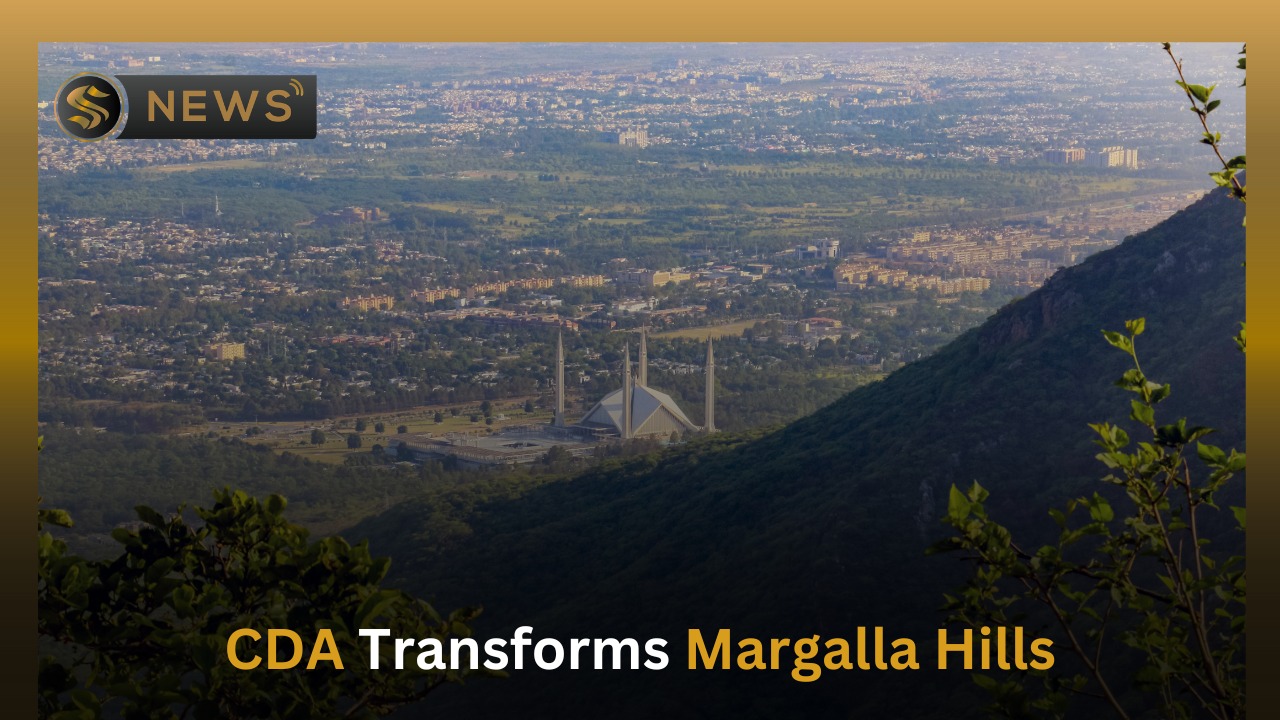
Share This Story, Choose Your Platform!
Pathway to Progress – CDA’s Exciting Road Project in Margalla Hills National Park
Capital Development Authority (CDA) of Islamabad has recently unveiled its plans to construct a five-kilometer road stretching from Pir Sohawa to Bari Imam in the scenic Margalla Hills National Park (MHNP). However, the proposed project has ignited a heated debate among stakeholders, particularly concerning the potential impact on the park’s ecosystem and allegations of favoring commercial interests. In this article, we delve into the controversies surrounding the proposed road and explore the differing perspectives of the concerned parties.
Balancing Development and Environmental Conservation
Viqar Zakaria, a senior member of the Islamabad Wildlife Management Board (IWMB), has expressed concerns over the road project. Zakaria asserts that the stakeholders must be consulted before proceeding, as they may perceive this endeavor as an attempt to cater to commercial establishments and real estate developments. He highlights the need to carefully evaluate the potential ecological consequences and ensure a balanced approach that prioritizes environmental conservation.
Monal Restaurant and Land Ownership Dispute
The controversy surrounding the road project is further compounded by the issue of the Monal Restaurant, a popular establishment located within the Margalla Hills. CDA had leased the restaurant to a private firm for 15 years, but the lease expired in September 2019 due to conflicting claims on the land by the Army’s Remount, Veterinary, and Farms Directorate. The Islamabad High Court declared the directorate’s claim void, leading to the sealing of the premises. However, the company managing the restaurant obtained a stay order from the Supreme Court, prolonging the legal battle and adding complexity to the situation.
Environmental Concerns and Stakeholder Disagreements
Critics argue that a previous road expansion project in the area, carried out during the tenure of former CDA chairman Kamran Lashari, had adversely affected the delicate ecosystem of Margalla Hills. The widening of the road from Islamabad Zoo to the Gokina area had resulted in habitat disruption and sparked environmental concerns. The contentious history of road development in the region has heightened skepticism among stakeholders and raised doubts about the potential consequences of the proposed road from Pir Sohawa to Bari Imam.

Contrasting Perspectives and the Call for an Environmental Impact Assessment
Viqar Zakaria contests CDA’s assertion that he had visited the proposed road sites, emphasizing that he had not conducted any such visits. Zakaria advocates for an Environmental Impact Assessment (EIA) to be conducted in accordance with the guidelines for sensitive habitats outlined by the Pakistan Environmental Protection Agency (Pak-EPA). He believes that a comprehensive EIA report, analyzing the potential effects of the road on the park’s ecosystem, should precede any construction activities.
CDA’s Response and the Path Forward
CDA maintains that environmentalists, including Zakaria, have been consulted, and meetings and site visits have taken place. However, the implementation of the road project necessitates approval from the EPA, ensuring adherence to environmental regulations and mitigating any potential harm to the ecosystem. It remains to be seen how the conflicting viewpoints and concerns of stakeholders will be addressed moving forward.
Conclusion
The proposed road project in Margalla Hills, National Park has become a subject of intense scrutiny, with environmentalists, stakeholders, and authorities engaging in a heated debate. Balancing the need for development with the preservation of the park’s delicate ecosystem has posed a significant challenge. It is crucial for all the parties involved in the matter to engage in open dialogue, conduct a thorough environmental assessment, and explore alternative solutions to ensure that the road construction, if approved, is carried out in a manner that minimizes its impact on the natural beauty and biodiversity of the Margalla Hills.



